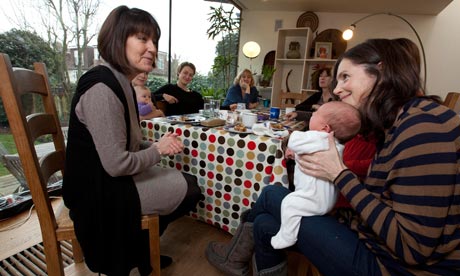LA education foundation became a lucrative source of income for USC’s Pat Haden and his relatives
Seventeen years ago, former USC and Los Angeles Rams quarterback Pat Haden joined the board of an old, little-known charitable foundation that helps needy young people get an education.
The George Henry Mayr Foundation, established in 1949, has no office of its own, no full-time staff and no website.
Under Haden’s leadership as board chairman, however, the $25-million foundation became a lucrative source of income for him and two of his family members — even as its scholarship spending plunged to a three-decade low and the size of its endowment stagnated, a Times investigation has found.
Haden, his daughter and sister-in-law together collected about $2.4 million from the foundation for part-time roles involving as little as one hour of work per week, according to the foundation’s federal tax returns for 1999 to 2014, the most recent year available. His annual board fees have been as high as $84,000; the foundation paid him $72,725 in 2014.
During Haden’s tenure on the board, donations directed to USC, where he has been athletic director for nearly six years, far outpaced the amounts given to any other school, a Times analysis of the tax records shows.
Haden, 63, was a paid advisor to the foundation in 1998 and became board chairman the following year. That same year, the Mayr Foundation gave $645,000 in scholarships, down from $1.1 million in 2008.
I’ve never heard of fees that large. Adam Hirsch, law professor at University of San Diego who specializes in trusts
Spokesmen for Haden and the bank defended the payments, saying they were appropriate for the work done and the board members’ skills.
Haden declined to be interviewed for this article, but responded to some questions by email and issued statements through USC spokesman Tim Tessalone. The $12.5-billion Ford Foundation paid its board chairman about $30,000 less than the Mayr foundation paid Haden in 2014.
Mark Hager, an associate professor of philanthropic studies at Arizona State University, said in an email the Mayr payments to the board would be high “even for a foundation that was giving out more than $50 million in grants each year.”
“I’ve never heard of fees that large,” said Adam Hirsch, a law professor at the University of San Diego who specializes in trusts.
Tax returns for the organization are not available for the first two decades of its existence. When Crahan left her post this year, she was succeeded by Haden’s daughter, O’Connor, Wells Fargo said.
During her time on the board, Crahan was paid an average of $30,000 annually, less than Haden and his sister-in-law, tax records indicate.
In an interview at her Windsor Square home, the 80-year-old Crahan said she depended on Haden, as board chairman, to set the director fees.
After his NFL career ended in 1981, he practiced law and provided color commentary for national television broadcasts of Notre Dame football games, moving easily between the worlds of sports and business.
When USC hired Haden as athletic director in 2010, he was a longtime member of USC’s board of trustees and a partner with former Los Angeles Mayor Richard Riordan in a successful investment firm.
Haden is stepping down as athletic director June 30, but he plans to remain on the school’s payroll for a year to oversee the $270-million renovation of the Los Angeles Memorial Coliseum, where USC plays football.
Since Haden became chair of the Mayr board, the foundation has given $16.6 million in scholarships and other educational grants, according to tax records. He added that “distributions to USC were for scholarship funds to deserving students.”
Tessalone, the USC spokesman, said in an email that “Pat recuses himself whenever USC is discussed.”
In a foundation document and a USC publication, however, Haden is mentioned in connection with Mayr gifts to the school.
The foundation’s 2001 tax return noted that a $15,000 donation to USC was “for the endowment per P Haden.”
And a USC newsletter in 2006 said Haden supported one of the university’s schools “through personal donations and scholarship grants awarded by the George Mayr Foundation, which he chairs.”
In 2006, the foundation also was a “Bronze Sponsor” of a fundraising dinner at the Beverly Wilshire Hotel to support USC’s Marshall School of Business, according to the school’s website.
